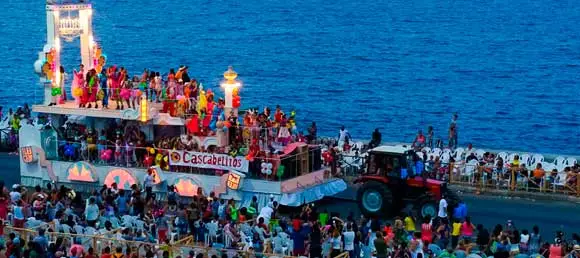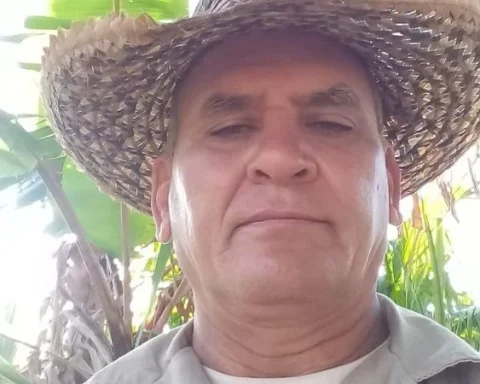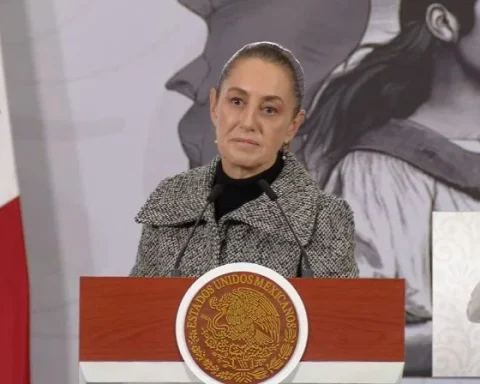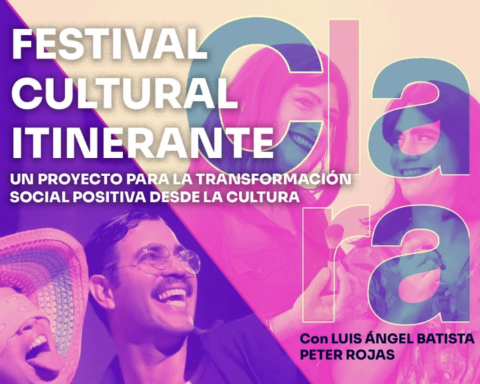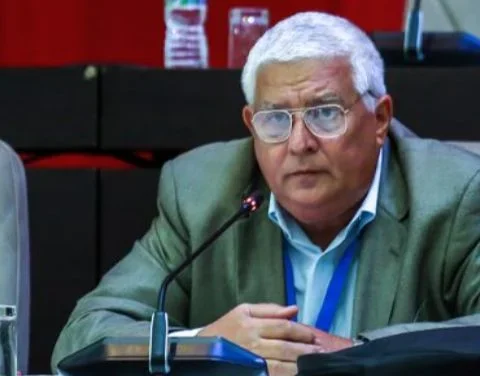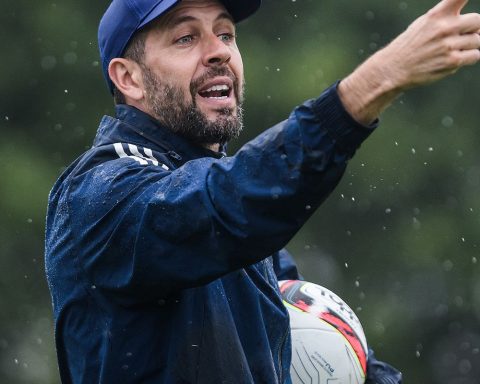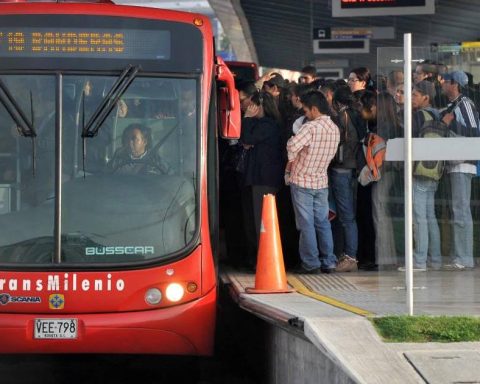HAVANA, Cuba.- Traditionally, carnivals were celebrated in February, but in the 1960s the Cuban government moved them to July, to coincide with the celebrations for the attack on the Moncada barracks.
The showy floats of yesteryear were reduced by half in size and number. There were no more Queens or Luceros, no more streamers, no more confetti, no more masks. The costumes of the dancers in the comparsas no longer had the color of the old ones.
After 1970 to the carnivals The space in which they developed was reduced until they were limited to a section of the Malecón, from Maceo Park to the Maine monument, behind the Hotel Nacional, in La Piragua.
Those of yesterday occupied the whole Prado Walkfrom the Fountain of India, in Monte, to the Castle of La Punta, on Avenida del Puerto. From the boxes or stands, while eating and drinking, you could see the whole spectacle, very varied and picturesque.
The typical carnival troupes represent the capital’s neighbourhoods and areas. Among the most historic and popular are: Los Marqueses de Atarés, Los Componedores de Batea, El Alacrán and Los Guaracheros de Regla. Later, the Troupe of the University Student Federation (FEU) was created, whose members dance in wooden flip-flops.
The history of the Havana Carnival dates back to the 17th century. On the days of Corpus Christi, Three Kings’ Day and the carnivals (from which the word carnival comes), the African slaves of the so-called Cabildos de Nación were allowed to go out in costume, play their drums and dance in the streets, in something similar to what would later become the carnivals. comparsas.
These celebrations were reflected in the works of costumbrist writers and painters such as Federico Mialhe and Victor Patricio de Landaluze.
In 1902, the carnivals as we would know them today were authorized by the city governor, Carlos de la Torre.
The first Carnival Queen was chosen in 1908 and was called Ramona García. She worked at the Susini cigar factory and received gifts worth 25,000 pesos and a house located on Concepción Street, in the Lawton neighborhood of the capital.
One of the last queens elected during the Republic, in 1955, was Dinorah del Real, a popular actress, announcer and presenter of television commercials. A woman of great stature and beauty, she was also normal school teacher.
Notable stars were the actress Ana Viñas, in 1958, who would later be the model for Hatuey beer; the model and dancer Mayda Limonta in 1960, the only black woman to achieve this category, and the actress Daisy Granadosin 1961.
In 1962, during the first “socialist carnivals”, the candidates for queens and luceros had to be between 15 and 25 years old and represent a union. The selection always took place at the Ciudad Deportiva. The first chosen was a young woman called Berta Yero.
In 1974, in the last carnival queen election, María Félix Castillo Lemus won, representing the Civil Aviation workers. The public had the girl with the number 14 as the favorite, but she was eliminated by the jury in the first round because she did not represent any union. The attendees reacted with shouts and boos. The entertainers German Pinelli and Consuelito Vidal could not contain the public’s indignation.
The contest’s detractors took advantage of that incident to achieve the definitive suspension of the election of carnival queens. “Who has ever seen queens in socialism?”, they said.
The singer Joanna CodA short time later, in his show at the Palermo cabaret, he satirized the event by walking around the stage with a sign with the number 14, making the audience roll with laughter.
After the government established a Carnival Commission, the celebrations lost their spontaneity. And little by little, Havana’s carnivals, under Castroism, became a bad caricature of what they once were.
In the last six decades, the capital’s carnival, which has been suspended on several occasions (between 2020 and 2023 it was not celebrated due to the coronavirus pandemic), COVID-19), can be summed up as a few platforms for the orchestras that liven up dances in certain areas, kiosks with alcoholic drinks and small points of sale of light food. Brawls between the attendees are frequent, sometimes with knives.
